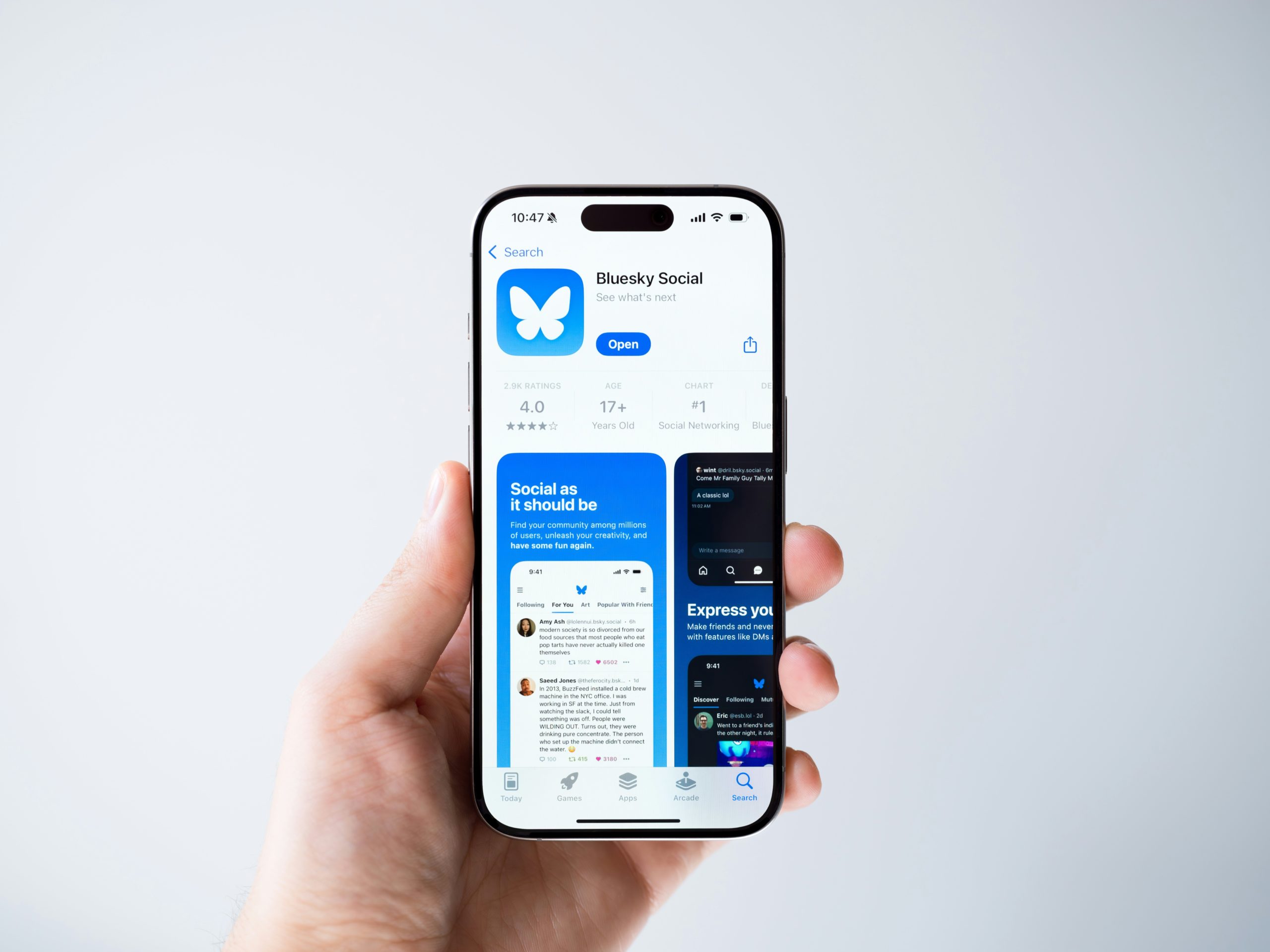As the year progresses, and more and more cities and states begin lifting restrictions, we will undoubtedly see more and more people eager to take advantage of these new lenient measures and get out of the house to start experiencing life as it once was.
The lockdown forced us to alter and adapt our behavior. For over a year, people have been mostly confined within the walls of their homes, staring at screens for both work and downtime. From video meetings to FaceTime and television to online workouts, it’s how we have been conducting business, communicating with family and friends, and keeping busy. The quick and swift change to our daily lives sent some mediums skyrocketing at an unforeseen pace while others saw the biggest decline they have ever experienced.
A rapid pace of change among the media landscape has always been a driving force that encourages creative thinking, new applications, testing and a constant state of learning. And for digital, its exponential growth was only amplified by the pandemic, with major behavioral and economic shifts continuously happening every day.
But if media and the rise of digital has taught us anything, it has been to be nimble, have a learning agenda and be a student of the consumer — and we’re putting those principles to work now more than ever.
From One Extreme…
We are now reaching a point of “screen overload” among people universally. According to Media Brew reporting, streaming services are already seeing significant drops in subscriber growth saying, “Now that people are dusting off their hard pants and Hinge profiles, streaming numbers are expected to slip.” Recent data tells us that consumers are experiencing unprecedented levels of screen fatigue, with 75% saying, “I spend so much time looking at a computer, mobile device and TV screen, that I often tune out digital ads.”
Feeling the effects of cabin fever, compounded by screen overload, has led consumers more anxious than ever to escape the confines of their homes. Even before the loosened restrictions, we saw a drastic increase in consumers living their lives outdoors — dining outside, taking fitness classes outside, and engaging in more walking and biking than ever before.
Going outdoors has served as a much-needed respite from staring at a screen all day. It has provided a renewed appreciation and heightened awareness for surroundings outside of the home. As of January 2021, 55% of consumers in large cities reported noticing out-of-home advertising more than they did before the pandemic. The numbers were even higher in the fall of 2020.
The consistent data points to this being the “right moment” for outdoors as the optimal medium to reach consumers, bolstering its already-high value proposition. As the year continues and we see more and more businesses reopening and capacity limits increasing, we can expect a surge in traffic (vehicular and foot traffic). Overly excited to make up for lost times, consumers are sure to be flooding the streets in droves, which translates to an upswing in impressions for OOH advertising.
Don’t Call It A Comeback
MediaPost.com reports, today, OOH advertising is more powerful than ever — taking center stage with key audiences during this time of revitalization. But OOH ads have always been one of the purest forms of communication that can transform businesses and impact society. A poster, whether on a billboard or a kiosk or on public transit, is a creative canvas that calls for distillation as well as memorable copy and design. With a broad reach, it has the power to create visual drama and results in maximum meaning using minimum means, making it one of the most effective forms of advertising. Interested in kicking off your Out of Home campaign or learning more about how we can help market your business? Contact us today!



